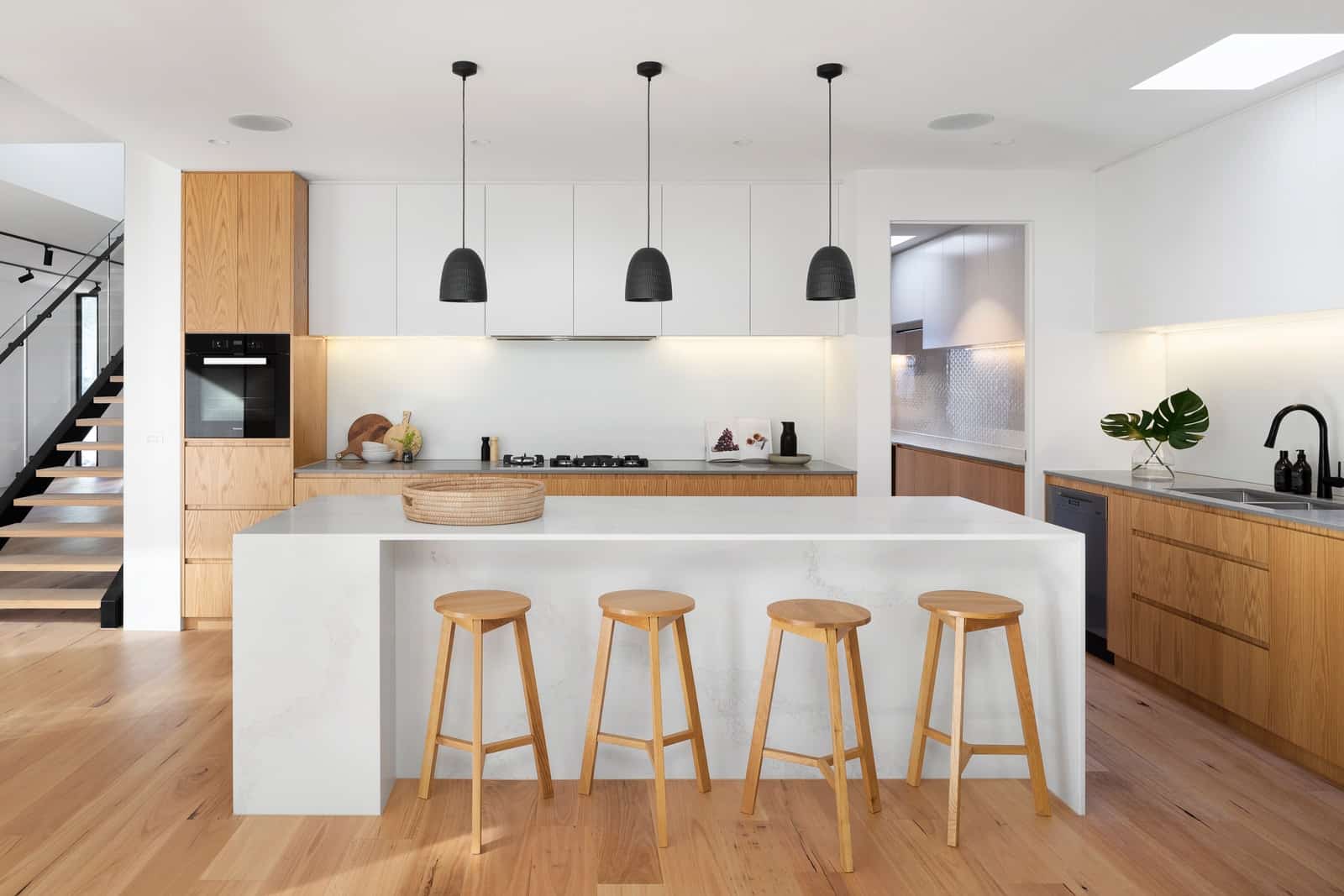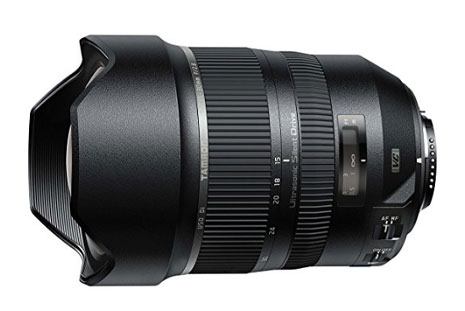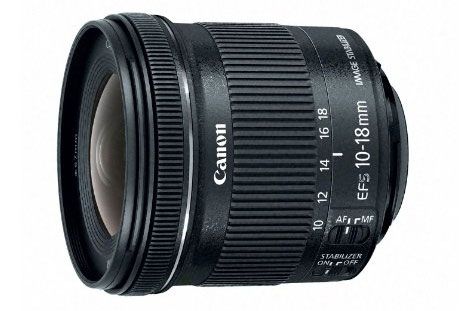Competition is a constant in the housing and rental markets. It doesn’t matter if you are a Realtor, Property Manager, or homeowner.
When the housing market is down supply of properties and potential renters or buyers might be limited. then when markets are up everyone is trying to get in on the action.
Good Real Estate Photography on your property is a great way to stand out from the vast options buyers/renters have to choose from.
Table of Contents
ToggleTips to Get Your Property Listing to Stand Out
Whether someone realizes it or not, they are visual by nature. So a great property shot can catch a buyer’s attention or at least instill confidence in the condition of the property.
It’s true that people can’t filter listings by image quality. Price or location are generally the first selections an interested party is going to look at. However, I can promise you bad images are going to keep them from even looking at a property. While great images are going to excite and interest them, which can help close the deal.
In order to help you, whatever your venture, we’ve put together a few tips and resources to help you capture that professional looking property photo. So you can get that shot that is going to help you capture the attention of your potential buyer.
Here are our tips to consider as you setup to shoot the features in your property:
1. Make sure to capture the best angles of a room

- Flat Angle – These are shots that are straight on the focal point of the room

- Corner Angle – Find a corner of a room that gives the best view of the space
2. Ensure the space is clean

- Clean mirrors, windows, floors, etc.
- Tidy up the space and remove items that clutter the space or ones that simply distract
3. Stage the room for what you’re trying to communicate

- Bring in or adjust the furniture as needed, for example a bed clearly communicates ‘Bedroom’
- Move items in the space so that they work in the photo, even if it feels off center in real life
- Sometimes this will mean taking everything out of the space, for example if you’re trying to show the size of a room
4. Capture unique details

- Consider taking some close up detail shots to help your images stand out from boring old ‘room after room’ photos

- It may not fit every realtor’s style but having some ‘Artsy’ angles can help capture the feel of a space
5. Let in the light

- Remove any fixed window coverings and open blinds or doors to allow as much natural light in as you can
- You may need to plan on shooting at a certain time of day that best fits the location or check the weather if it’s going to be a stormy da
6. Kitchens Sell

- People love their kitchens (myself included)! It’s often said that kitchens are the heart of the home so if you have a great kitchen make sure to show it off from multiple angles.
- While I stand by the statement above, it’s true that not everyone cares about a kitchen. So make sure you know your potential buyer. If you are selling or renting in a tourist area, then bedrooms or a place to relax might be better to feature.
Additional Resources
For general real estate photography tips and advice on how to get better pictures, check out the PhotographyForRealEstate.net
They also have a great Pre-Shoot Checklist if you’re looking for a quick guide on what things you need to get prepared to have a successful shoot.
Selecting a Lens for Real Estate Photography?
What lens should you use as a realtor, property manager, or homeowner?
Your number one priority for taking pictures indoors should be having an ultra-wide lens that allows you to capture the entire scene.
Anything under 24mm is a must, and you’ll rarely want to go below 12/14mm as most lenses show too much distortion.
Besides that, you’ll also want to invest in a good tripod. In a way, having a solid tripod is more important than the lens you use!
Lens Features to Consider for Property Photography
Focal Length
We’ve already got that covered; leave your telephoto lenses at home because anything over 24mm is too long.
This is even more important if you’re using a APS-C camera with a 1.5x crop factor. If you’ve never heard about this before, here’s a real quick and to the point explanation. As an example, if you own a Nikon DSLR that has a DX sensor, which is a APS-C sensor, (from Nikon D3400 to D500), any lens that you put on, you need to multiply the focal length with 1.5x to get the actual field of view you’re gonna get. So, a 10mm lens on the Nikon D3400 is “10mm x 1.5 = 15mm”.
A 10mm lens on a APS-C camera gives you the exact same view as a 16mm lens on a full frame ($1,500+ cameras) camera because they don’t have a crop factor. This is also the reason why full frame DSLR cameras are much more desirable among landscape and real estate photographers. You can still use APS-C cameras to photograph these two subjects of course, and millions do that everyday, but it’s just a disadvantage that you will most likely have to counter by buying lenses specifically made for APS-C cameras.
- Stick to lenses under 24mm if you have a Full Frame camera, and stick to lenses under 15mm if you have a APS-C camera.
Aperture
To capture interiors, you’ll rarely use big apertures, which means there’s no reason for you to spend thousands of dollars more on f/2.8 lenses when you’ll most likely shoot between f/5.6 to f/22.
If you often shoot in low light and at night, then by all means do consider an f/2.8 lens, but for strictly indoor, controlled environments, you don’t have to worry.
- For real estate purposes you’ll usually shoot between f/5.6 – f/22, so don’t worry about spending more on f/2.8 or bigger lenses.
Distortion
Wide angle lenses are notorious for the following: distortion and flare. Flare can be controlled or at least minimized, whereas distortion is something that you’ll have to fix in post process if you find it too strong.
The more expensive the lens, the less distortion you’ll get.
If you absolutely want straight lines directly out of your camera without any extra work, you’ll need to get a Perspective Control lens. Expensive, but worth it if you’re doing this professionally.
Tripod or Image Stabilization?
Nothing beats a good, solid tripod. They give you the benefit of sharper shots and the ability to use smaller apertures with slower shutter speeds because you’re stable, and proper framing.
There might be situations where you can’t bring a tripod, or there’s not enough time to fully setup one in each room. In this case, having a lens with Vibration Reduction (VC on Tamron) helps a lot because you’ll be shooting with small apertures, which then results in slow shutter speeds to make up for the “lost light”. A stabilized lens can help up to ~3-4 stops, meaning you can shoot with 1/15 instead of 1/125 and that is a lot indoors!
Related Articles
Best Nikon Lenses for Real Estate Photography in 2022
Need to capture buyer's attention? These wideangle lenses for your Nikon will significantly increase your Real Estate property photography.
Read MoreBest Canon Lenses for Real Estate Photography in 2022
Need to capture buyer's attention? For Real Estate photography, the only thing that truly matters is wide angle lenses for...
Read MoreFirst and foremost, I’m a husband and father. Then professionally I’m photographer, designer, blogger, and Esty store owner. My homebase is near the stunning Wasatch mountains in Utah but I love traveling with my family as part of our homeschooling journey. I also love teaching and helping out others. My faith is one of the biggest aspects of my life and brings be a consistent joy that I haven’t found in anything else. My main blog is BestPhotographyGear.com and I strive to make photography simple for anyone looking to learn or find gear for their individual needs. By nature, I like to study, research, and analyze things and I use that help provide the best advice and reviews I can.



